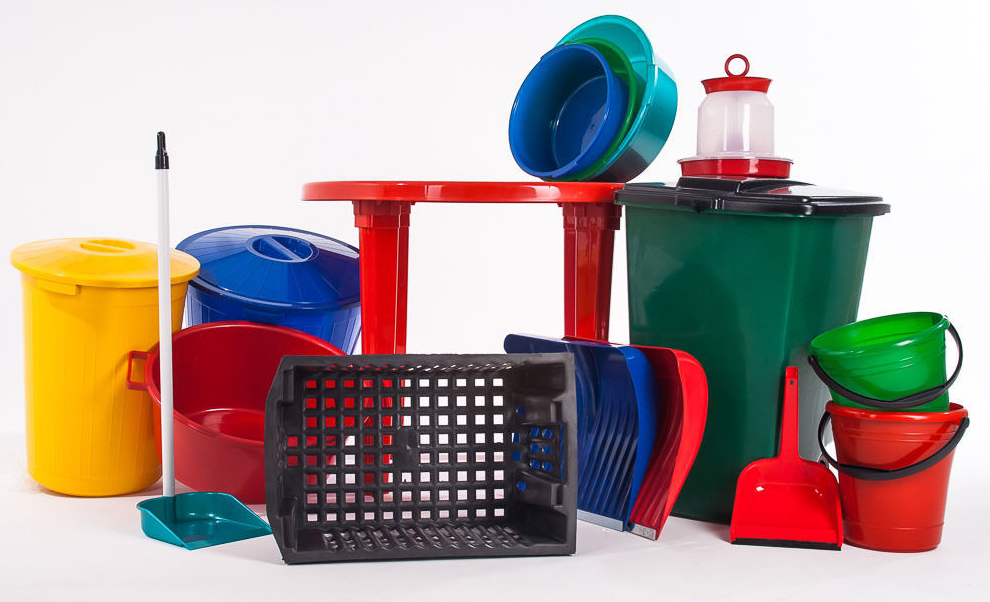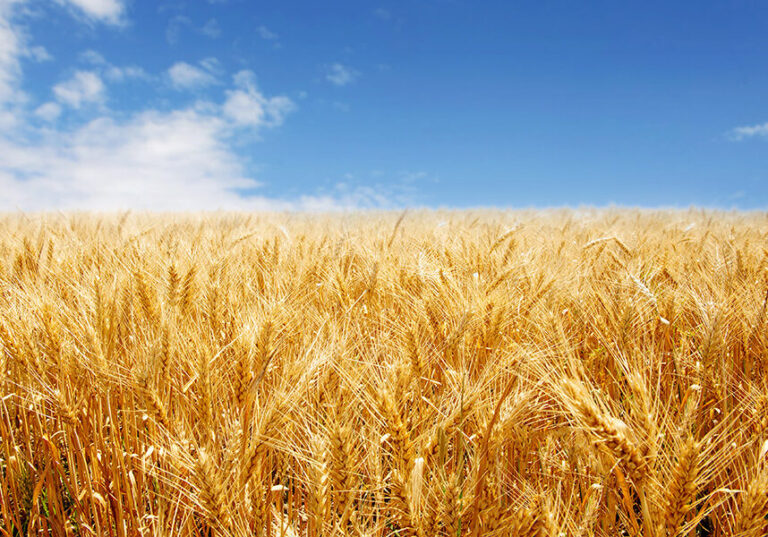
Over the years, people have used plasticizers for completely different purposes. Although a huge amount of time has passed since their invention, they are still necessary for humanity. Why have people used plasticizers for centuries? Because they are the easiest way to make things soft and flexible. Read on to learn more about this unique substance.
What is their purpose?
The main task of the plasticizer is to give the solution plasticity and good fluidity with a minimum ratio of cement-water. In fact, their range of application is incredibly wide. General requirements for plasticizers: good compatibility with the polymer, low volatility, no smell, chemical inertness, resistance to extraction from the polymer with liquid media, such as oils, detergents. And also it is really important to mention that i you want to know even more informtion about this topic, then just go on www.plasticisers.org.
Main characteristics:
So, plasticizers are very different. These are liquids that are colorless and odorless. And can be used for a wide range of purposes. For this period, more than 80 percent of plasticizers are used for the making of PVC, in concrete, in the automotive industry, and in many other areas. Plasticizers are able to modify and improve the properties of other polymers, which in turn leads to excellent results in the form of new methods of application. They facilitate the dispersion of bulk ingredients in polymers, reduce the temperature of fluidity (processing), brittleness (frost resistance) and glass transition of polymer materials, usually reduce the heat resistance; some plasticizers can increase the fire, light and heat resistance of polymers.
The introduction of plasticizers in rubbers reduces the risk of sub-vulcanization, reduces the hardness. Hysteresis losses and heat generation during multiple deformations of rubbers. Those plasticizers that only facilitate the processing of rubbers, reducing the flow temperature of rubber mixtures, but do not improve the frost resistance of vulcanizate, Naz. Softeners are usually paraffin-naphthenic and aromatic petroleum oils. Paraffin, rosin, reaction products rastitelnyi oils with sulfur (factice), oil bitumen (rubrics), cumarone-indene resin.
Over the past few decades, more than 50,000 substances have been tested for plasticizing properties.However, as it turned out, it is not so easy to identify such substances. And many of the substances with such properties are not suitable for commercial production. That is why, of all the existing substances with plasticizing properties, only half a hundred are used for commercial purposes.
The amount of absorption:
At the moment, a huge number of plasticizers are being absorbed in the world. So, according to statistics, 1.35 million tons of plasticizers is consumed annually in Europe. And these numbers are striking. More precisely, most of the plasticizer market is made up of phthalates. They account for about half of global consumption. This is not surprising, because phthalates are used in large quantities in India, China and Latin America. Such a huge consumption of plasticizers says one thing. They are necessary for humanity in a huge number of areas, and they are simply irreplaceable.




